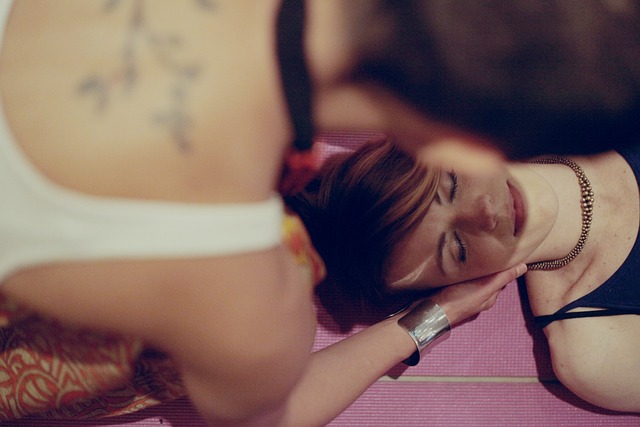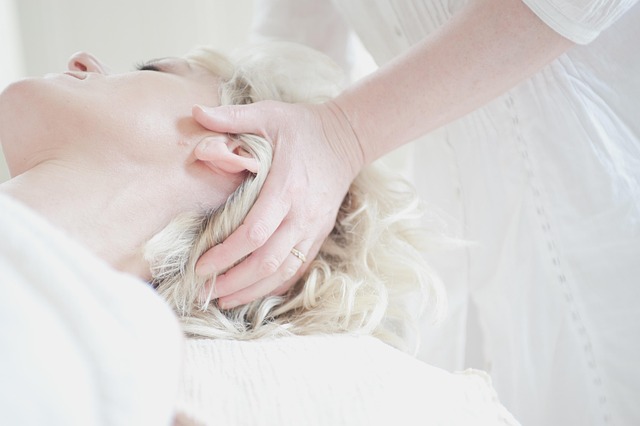Botox treatments, derived from Clostridium botulinum, temporarily paralyze muscles to smooth fine lines and wrinkles. Commonly targeted areas include the forehead, crow's feet, vertical lines between eyebrows, outer corner of the eye, nasal bridge, and neck. Injections take 15-30 minutes with minimal downtime; results last 3-6 months. Safety is paramount; qualified healthcare professionals ensure successful outcomes with minimal side effects like mild swelling or bruising. Regular touch-ups are needed to maintain results. Choosing experienced, licensed providers like board-certified dermatologists ensures safe and effective Botox treatments.
“Unwind the science behind one of the most popular anti-aging treatments—Injectable Botox. This article explores Botox treatments, delving into their effectiveness for reducing wrinkles. We break down the science, common treatment areas, benefits of non-surgical procedures, what to expect during a session, potential side effects, and maintenance requirements. Additionally, we guide you in choosing the ideal provider for your Botox treatments, ensuring informed decisions for youthful skin.”
Understanding Botox: The Science Behind the Treatment

Botox, a protein derived from bacteria called Clostridium botulinum, has become a popular choice for cosmetic procedures worldwide. The science behind Botox treatments involves blocking nerve signals to specific muscles, leading to temporary paralysis or weakness of those muscles. This action smoothens out fine lines and wrinkles, providing an aesthetically pleasing result.
When injected into targeted areas, Botox prevents the release of acetylcholine, a neurotransmitter responsible for muscle contractions. As a result, the treated muscles relax, reducing dynamic wrinkle formation. This non-surgical approach offers a safe and effective way to combat age-related facial changes, making it a sought-after solution for those seeking to enhance their appearance with minimal downtime.
Common Areas for Botox Injections to Reduce Wrinkles

When it comes to targeting specific areas for wrinkle reduction with Botox treatments, several common zones are frequently addressed due to their high visibility and tendency to showcase aging. The forehead is a prime location, as dynamic wrinkles caused by frowning or squinting can be mitigated with strategic injections. Additionally, the crow’s feet around the eyes and the vertical lines between the eyebrows are popular targets, aiming to smooth out these common signs of aging.
Other frequently treated areas include the outer corner of the eye (known as the “crows’ feet” or “laugh lines”), the vertical wrinkles on the bridge of the nose, and even the neck for addressing neck bands or “turkey neck.” Each area requires a nuanced approach depending on the patient’s specific concerns, ensuring optimal results from these Botox treatments.
The Benefits of Non-Surgical Botox Treatments

Botox treatments have revolutionized the way we address wrinkles and fine lines, offering a non-surgical alternative to cosmetic procedures. One of the key benefits is their ability to provide significant results with minimal downtime. Unlike invasive surgeries, Botox injections are quick, usually taking just 15-30 minutes, and patients can resume their regular activities immediately after the treatment. This makes it an attractive option for those seeking a more subtle and natural-looking enhancement without the risks and recovery associated with surgery.
Additionally, non-surgical Botox treatments offer long-lasting effects, reducing the need for frequent procedures. Results typically last between 3-6 months, allowing individuals to enjoy smoother, younger-looking skin for an extended period. This longevity not only provides convenience but also makes it a cost-effective solution in the long run, making it accessible to a broader range of people looking to combat signs of aging effectively and discreetly.
What to Expect During a Botox Procedure

During a Botox procedure, patients can expect a relatively quick and virtually painless experience. The process typically involves a detailed consultation with a dermatologist or healthcare provider who will assess your specific concerns and areas of treatment. Using fine needles, the practitioner injects Botox into the target muscle groups responsible for causing wrinkles. These injections work by temporarily blocking nerve signals that stimulate muscle contraction, thereby reducing the appearance of lines and creases.
Following the procedure, there may be some mild redness or swelling at the injection sites, but these side effects are usually temporary and subside within a few days. Patients can return to their regular activities immediately, though it’s recommended to avoid strenuous exercise or intense facial expressions for a short period to ensure optimal results. The effects of Botox Treatments usually last between 3 to 6 months, after which touch-up sessions may be required to maintain the desired outcomes.
Safety and Potential Side Effects: What You Need to Know

Botox treatments have become a popular solution for those seeking to reduce the appearance of wrinkles. However, as with any medical procedure, safety and potential side effects are important considerations. It’s crucial to understand that Botox is a safe and effective toxin when administered by a qualified healthcare professional. Clinical studies have shown its effectiveness in minimizing fine lines and wrinkles, especially around the eyes and forehead.
While generally well-tolerated, Botox treatments may cause temporary side effects such as mild swelling, bruising, or discomfort at the injection sites. In rare cases, patients might experience headaches, muscle weakness, or difficulty swallowing. It’s essential to discuss these possibilities with your doctor before proceeding. They can provide guidance tailored to your needs and ensure a safe, successful treatment experience.
Results and Maintenance: How Often Are Treatments Required?

The results of injectable Botox for wrinkles can be quite remarkable, offering a significant reduction in the appearance of fine lines and wrinkles. However, it’s important to understand that these treatments are not permanent. The effects of Botox typically last between 3 to 6 months, after which touch-up sessions may be required to maintain the desired results.
The frequency of Botox treatments largely depends on individual factors such as skin type, age, and lifestyle. Generally, every 3 to 4 months is a common interval for maintenance treatments. Regular upkeep ensures that the effects of Botox are sustained, providing individuals with a youthful appearance for longer periods.
Choosing the Right Provider for Your Botox Injections

Choosing the right provider for your Botox injections is a crucial step in ensuring effective and safe results. Look for licensed professionals with extensive experience in cosmetic procedures, as they have the expertise to administer Botox treatments accurately. Ask about their training, certifications, and specific techniques used. Reviews from previous clients can also provide valuable insights into their reputation and patient satisfaction.
Reputation is key when selecting a provider. Opt for board-certified dermatologists or plastic surgeons who specialize in Botox treatments. These professionals understand the intricacies of facial anatomy and can tailor injections to your unique needs, minimizing risks and maximizing results. A reputable provider will take the time to consult with you, assess your skin, and answer any questions you may have about Botox treatments.
